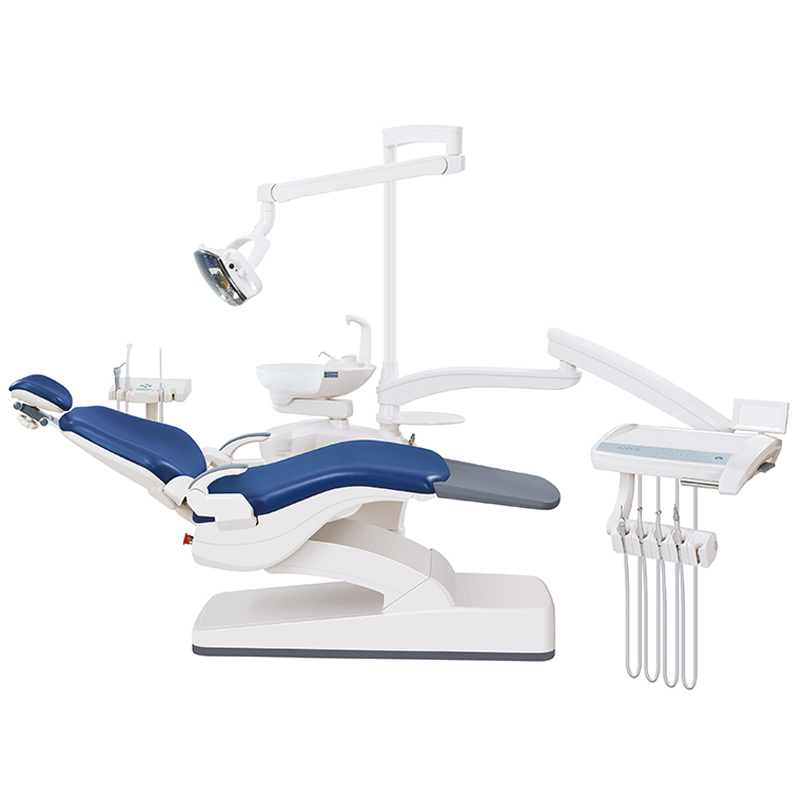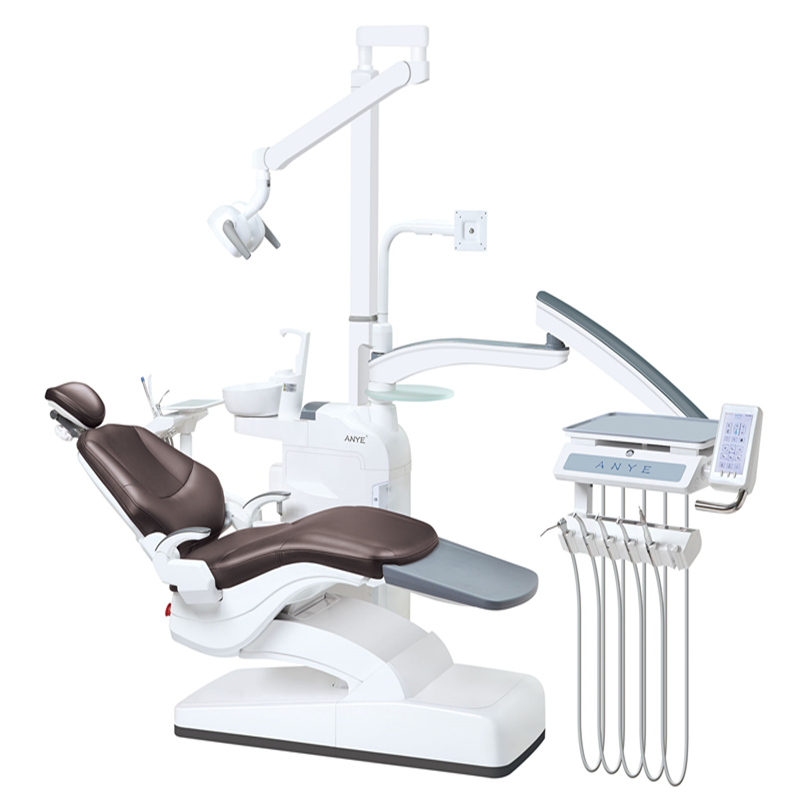What Is The Principle Of Dental Chair?
The dental chair is a cornerstone of modern dental practices, designed to provide comfort to the patient and efficiency for the dentist. It combines innovative technology, ergonomic design, and strict safety precautions to improve the whole dental experience. This article delves into the principles behind dental chairs, exploring their design, functionality, and the innovations that have transformed them into sophisticated tools in contemporary dentistry.
The Evolution Of Dental Chairs
Dental chairs have developed substantially since their humble beginnings. Initially, they were simply reclining chairs that provided rudimentary assistance for dental procedures.Today, they are highly advanced, incorporating cutting-edge technology and ergonomic designs that prioritize both patient comfort and dentist efficiency.
Key Components Of A Dental Chair
Modern dental chairs are composed of several key components that work together to facilitate dental procedures:
Base and Frame: The foundation of the chair, provides stability and support.
Seat and Backrest: Designed for patient comfort, often adjustable to various positions.
Headrest and Armrests: Adjustable to support the patient's head and arms during treatment.
Control System: Allows for precise adjustments of the chair's position, often via foot pedals or touch screens.
Integrated Technology: Includes lighting, suction devices, and sometimes multimedia systems for patient entertainment.
Ergonomic Design for Patient and Dentist Comfort
Patient Comfort
Ergonomics is an important consideration in the design of dental chairs. The chair must maintain the patient's natural posture while decreasing pressure points and minimizing discomfort. Features such as adjustable headrests, lumbar support, and armrests ensure that patients can remain comfortable even during lengthy procedures.
Dentist Efficiency
For dentists, ergonomic design translates to reduced physical strain and increased efficiency. The chair's adjustability allows dentists to position patients optimally, enhancing access and visibility. This reduces the risk of work-related musculoskeletal issues, contributing to the longevity of dental practitioners' careers.
Advanced Technology Integration
Electric Motors for Precise Positioning
Modern dental chairs often use electric motors for smooth and precise adjustments. These motors enable dentists to position patients accurately, which is crucial for effective treatment. The ability to program and recall preset locations increases efficiency by removing the need for manual adjustments between tasks.
Integrated Diagnostic Tools
Many dental chairs are now equipped with integrated diagnostic tools such as digital radiography and intraoral cameras. This connection enables real-time imaging and diagnostics, resulting in more accurate treatment planning and execution.
Smart Features and Automation
Some dental chairs feature smart sensors that detect patient movements and adjust the chair's position accordingly. Automation eliminates manual work for dental assistants, saving them important time and resources.
Safety and Hygiene
Infection Control
Maintaining a high standard of hygiene is essential in dental practice. Advanced dental chairs include seamless and easy-to-clean surfaces, lowering the danger of cross-contamination. Some chairs feature removable and autoclavable components, ensuring thorough sterilization between patients.
Patient Safety
Safety features such as anti-slip surfaces, secure positioning mechanisms, and reliable control systems are integral to modern dental chairs. These features ensure that patients are safely and comfortably positioned throughout the procedure.
Innovations in Dental Chair Technology
Noise Reduction
Innovations in dental chair technology have addressed the issue of noise during adjustments. Many modern dental chairs are designed with noise reduction features, ensuring quiet and smooth movements. This contributes to a more relaxing and comfortable environment for patients, alleviating dental anxiety.
Eco-Friendly Designs
Environmental consciousness is becoming increasingly important in various industries, including dentistry. Some dental chair manufacturers are using environmentally friendly materials and energy-efficient elements in their designs. These eco-conscious chairs reduce the environmental impact of dental practices and align with sustainable practices.
Patient Entertainment and Comfort Options
Dental chair technology has also expanded into patient entertainment and comfort options. Some chairs now include built-in multimedia systems that allow patients to watch movies, listen to music, or browse the internet while receiving treatments. Integrated heating and massage functionalities provide an added layer of comfort and relaxation, making dental visits more enjoyable for patients.
Conclusion
The principle of a dental chair revolves around providing maximum comfort for the patient and optimal efficiency for the dentist.Understanding the ideas and technologies of dental chairs allows dental practitioners to make more informed decisions about their equipment, ultimately enhancing the quality of care they give.




Leave a comment